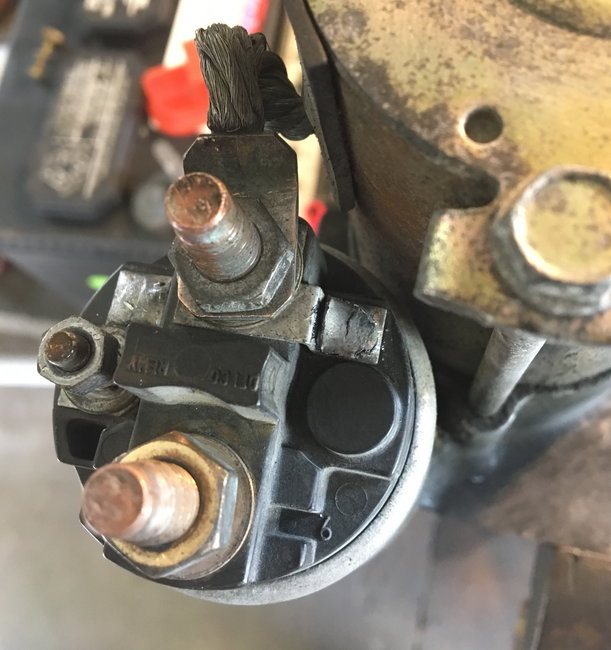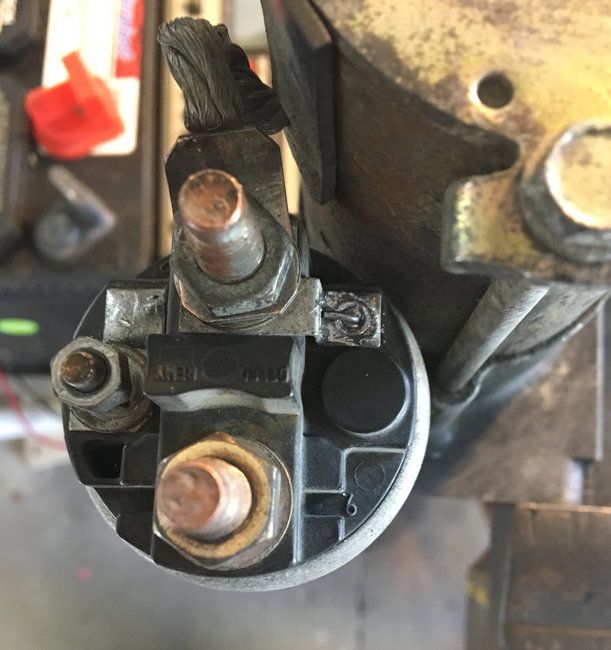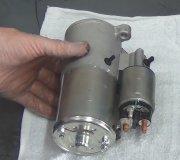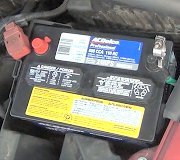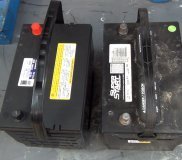Battery has been replaced and contacts cleaned.
Commutator interrupter switch has been replaced (part of ignition switch, not a easy job to replace).
Security light is working correctly, security key okay.
Dash lights, radio, A/C – heat fan, head lights, etc, work correctly.
Starter has been checked by local auto parts store a few times.
Getting twelve plus volts to starter solenoid.
Connected a Mallory Sonalert to the twelve plus volt starter solenoid wire so that you can hear when car will not crank. So I know I am getting the voltage to the solenoid.
Tuesday, August 8th, 2017 AT 3:05 PM
